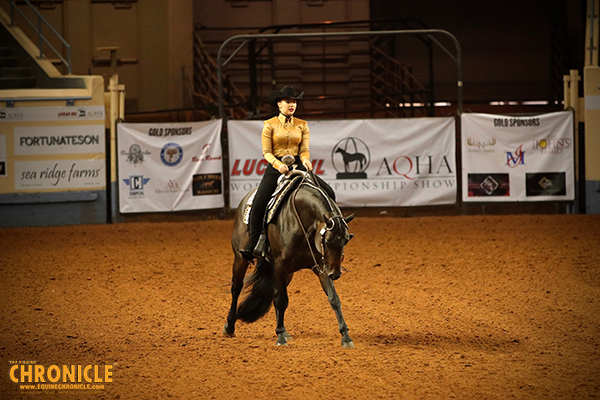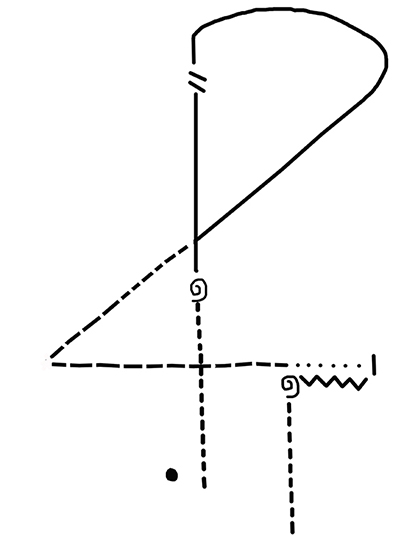COVID-19 Schooling Survival Guide- Horsemanship With Arturo Maestas

By: Brittany Bevis
After the immense popularity of Lainie DeBoer’s COVID-19 Schooling Survival Guide- Equitation, and video companion, we decided to reach out to a few other top trainers in the industry to expand the schooling guide into additional disciplines.
Today, Arturo Maestas will be providing a tutorial for a Horsemanship pattern he created especially for our Equine Chronicle readers.
Instructions:
1. Jog midway to center. Stop.
2. 360 left.
3. Left lead lope, change leads.
4. Right lead lope, building into a lope with speed.
5. Extended trot.
6. Walk, stop, and back.
7. 450 turn to the right.
8. Exit at a jog.
 “As I look at this pattern, I think it has a little bit of everything in it with the speed changes, sharp corners, and turn arounds,” Arturo says. “That’s why I picked this pattern as one to practice at home.”
“As I look at this pattern, I think it has a little bit of everything in it with the speed changes, sharp corners, and turn arounds,” Arturo says. “That’s why I picked this pattern as one to practice at home.”
When approaching this particular pattern, Arturo says he would instruct his students to use as much of the arena space given, because there is only one marker. “Really be aware of where the center of the arena is located and how the pattern is drawn, so you make your pattern look like the diagram. As a trainer that has always had bigger Horsemanship horses, I think these patterns are great to show off what you have.”
One trick to ensure that each transition is performed at the proper place is to scope out the arena ahead of time to select visual markers, such as a fence, gate, or even an arena sign. This is also a skill you can take with you into the show pen. Because this pattern “tracks back on itself,” and has the horse and rider cross their original line of travel, the first line you make will be important as it will affect the future placement of every following transition.
Be sure to closely examine the pattern looking for subtle, but important, nuances. For example, the way this pattern is drawn, you can tell that the lead change should happen on the straight line before you make the right arc, not at the arc. Another important aspect to notice is that your extended trot line should turn left and cross over the center line, after the location of your 360.
Smooth transitions, like a steady, but quick, build up of the lope with speed, lope to extended trot, and break down to a walk, will help you gain maximum bonus points. Other areas of importance include the sharpness and correctness of maneuvering skills. But, be careful not to overdo it.
“My famous words to my clients are to “control your tricks!’ Don’t do more than you and your horse can handle. Make sure you settle between everything and be on your path. I would much rather see a correct pattern than a fast pattern. With a pattern like this, I think you can practice it a lot and hone in on your skills.”
Stay tuned for the next installment in this series- Showmanship with Jenny Frid, coming soon. Email B.Bevis@EquineChronicle.com to tell us which discipline we should feature next…










